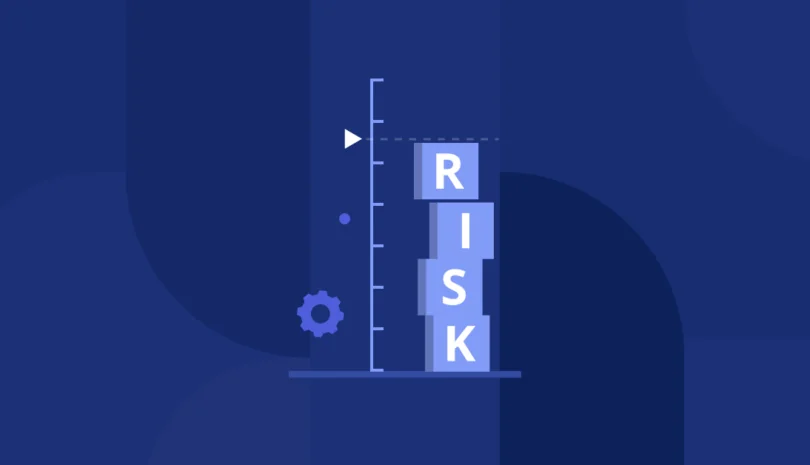The recent cyberattack on the U.S. Treasury Department is a stark wake-up call about the dangers lurking in third-party relationships. This breach, reportedly orchestrated by Chinese government-backed hackers, shines a light on just how vulnerable organizations can be. In an era where supply chains are growing more complex by the day, securing third-party access has never been more critical.
How the Treasury Department Breach Unfolded
In this case, the hackers didn’t break in directly—they slipped in through the backdoor of a trusted vendor. BeyondTrust, a cybersecurity company providing remote support services to the Treasury Department, became the entry point.
By exploiting a stolen access key, the attackers bypassed security protocols and gained access to unclassified yet sensitive records from offices like:
- The Office of Foreign Assets Control (OFAC): This group manages economic sanctions and compiles evidence against sanctioned entities.
- The Office of Financial Research: A division analyzing financial data for policy decisions.
While classified data wasn’t breached, unclassified records often include details that can be leveraged for espionage.
Third-Party Vendors: A Growing Weak Link in Cybersecurity
This attack is just the latest example of how third-party vendors can unintentionally open the door for attackers.
As Francesca Lockhart, cybersecurity clinic program lead at the Strauss Center for International Security and Law, put it: “The government procurement process should prioritize vetting third-party vendors and their security practices.”
In today’s interconnected world, supply chains have become so intricate that they’re a prime target for cybercriminals. Every additional vendor in the chain represents another potential weak link—and attackers know it.
Third-Party Cybersecurity Lessons for Businesses and Governments
If this incident proves anything, it’s that companies and governments alike need to take third-party cybersecurity more seriously. Here’s where to start:
- Get Serious About Vendor Selection– Before signing any contracts, dig deep into your vendors’ security practices. Ask tough questions about how they handle access keys, monitor their systems, and respond to incidents.
- Adopt a Zero-Trust Mindset – Operate under the assumption that no one—inside or outside your organization—is automatically trustworthy. Limit access to only what’s necessary, and require verification at every step.
- Monitor Third-Party Access in Real Time – Don’t rely on annual check-ins or static assessments. Use tools that provide continuous visibility into what your vendors are accessing and flag unusual activity immediately.
- Strengthen Your Supply Chain Partnerships – Make cybersecurity a shared responsibility with your vendors. Set clear expectations, conduct regular security audits, and hold everyone accountable.
The Bigger Picture: Third-Party Cybersecurity in Modern Espionage
The Treasury Department breach isn’t an isolated incident—it’s part of a larger campaign by Chinese-linked groups targeting critical U.S. systems. Known as “Salt Typhoon,” this campaign has included attacks on telecommunications systems and other essential networks.
Lockhart explained the strategy behind these efforts: “This is really just a classic intelligence-gathering hack. China has a long history of targeting top U.S. officials and intercepting sensitive communications.”
These attacks aren’t just about stealing information—they’re about positioning themselves for future leverage. The more we rely on interconnected systems, the more tempting these targets become.
Key Takeaways for Cybersecurity Teams
- Don’t Underestimate the Complexity of Your Supply Chain: Even vendors providing seemingly minor services can be a risk.
- Invest in Smart Tools: Use AI-driven systems to detect vulnerabilities and track third-party activities.
- Educate Vendors and Employees: Human error is often the easiest way in for attackers—make sure everyone knows the basics of cybersecurity.
The Treasury Department hack is more than a headline—it’s a lesson. Organizations of all sizes need to rethink how they manage third-party access and strengthen their defenses. The stakes are too high to assume your vendors are secure just because they say so.
It’s time to take action. Start asking the hard questions, tighten your processes, and demand accountability from everyone in your supply chain. This isn’t just about protecting your business—it’s about staying ahead in a world where the threats are only getting smarter.
Want to learn more about how Panorays can help your organization manage third-party risks? Get a demo today.


